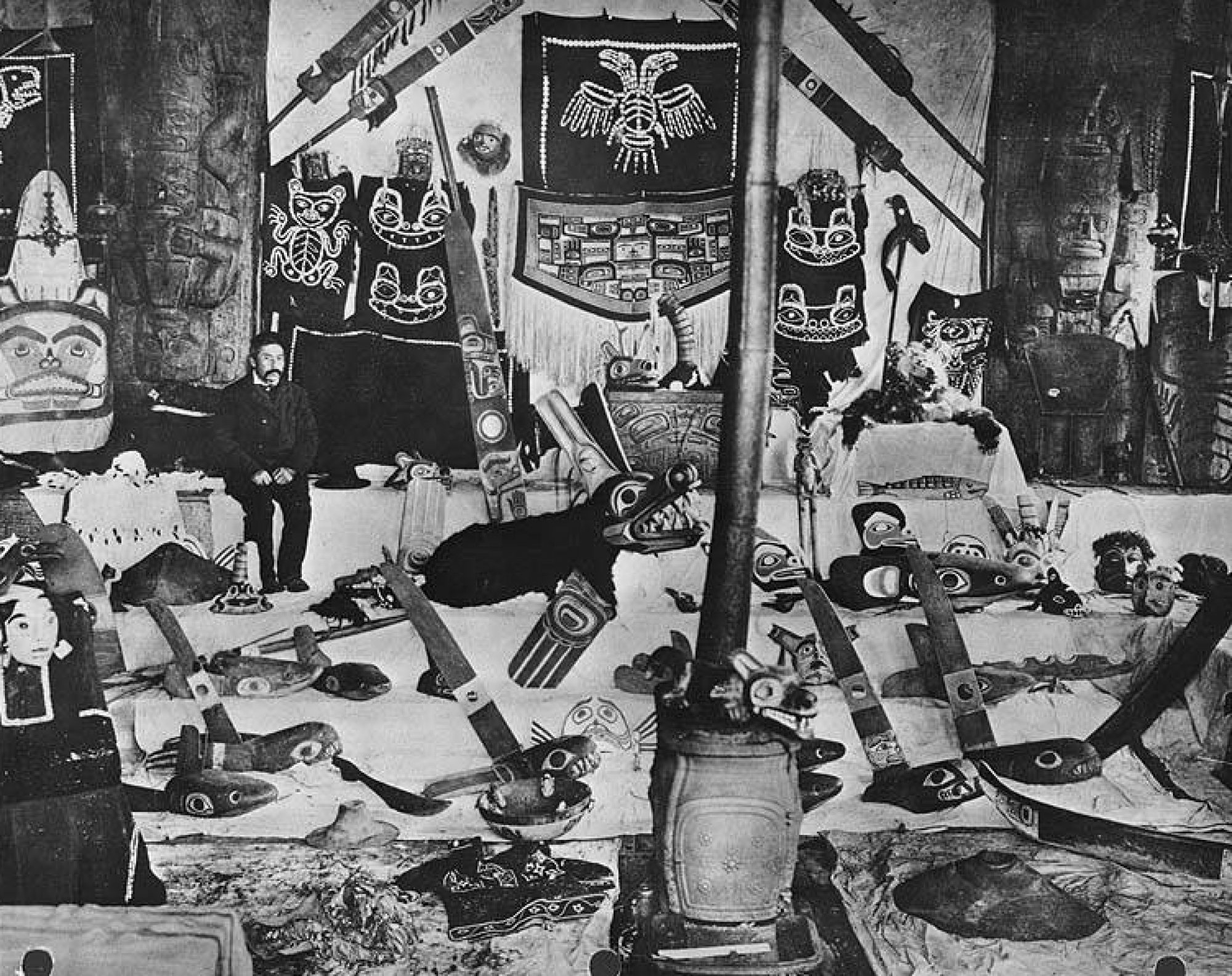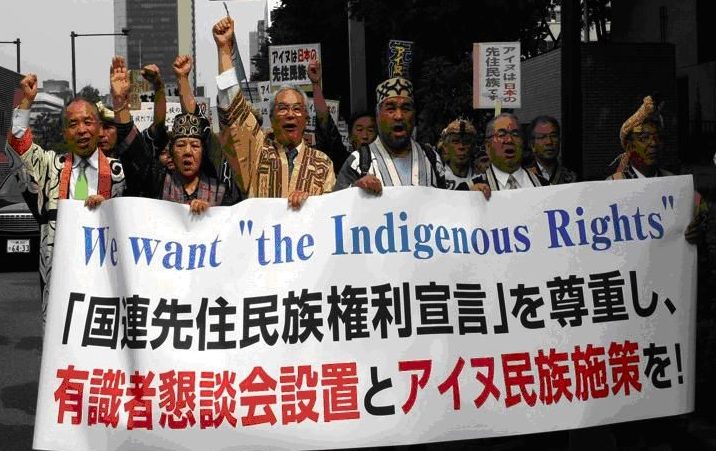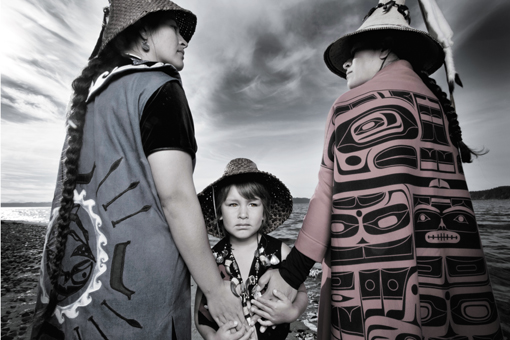Biographical Timeline | Leadership Qualities | Ainu Sovereignty | References
“Changing the way we see Native America: Project 562,” Matika Wilbur (Buffalo Nickel Creative), http://www.matikawilbur.com/project-562/.
Emiko Jozuka, “Japan’s ‘vanishing’ Ainu will finally be recognized as indigenous people,” CNN (Turner Broadcasting System Inc., 2019), https://www.cnn.com/2019/04/20/asia/japan-ainu-indigenous-peoples-bill-intl/index.html
Gale Fiege, “Native photographer is ‘rounding the corner’ on Project 562,” HeraldNet (Everett Herald and Sound Publishing Inc., 2019), https://www.heraldnet.com/life/native-photographer-is-rounding-the-corner-on-project-562/#:~:text=.
Gale Fiege, “Tulalip woman on journey to photograph nation’s tribes,” HeraldNet (Everett Herald and Sound Publishing Inc., 2012), https://www.heraldnet.com/news/tulalip-woman-on-journey-to-photograph-nations-tribes/.
Kristen Williams, “Reimagining Native America: Matika Wilbur’s “Project 562”,” Cultural Survival Quarterly Magazine (Cultural Survival, 2014), https://www.culturalsurvival.org/publications/cultural-survival-quarterly/reimagining-native-america-matika-wilburs-project-562.
“Law for the Promotion of the Ainu Culture and for the Dissemination and Advocacy for the Traditions of the Ainu and the Ainu Culture,” Human Rights Library (University of Minnesota, 1999), http://hrlibrary.umn.edu/instree/law-ainu.html.
“Matika Wilbur,” Matika Wilbur (Buffalo Nickel Creative), http://www.matikawilbur.com/.
“Matika Wilbur Resume,” Matika Wilbur (Matika Wilbur, 2017), http://www.matikawilbur.com/media/9198/wilburresume.pdf.
Michael Frye, “Zone System For Landscape Photography,” Outdoor Photographer (Madavor Media LLC, 2019), https://www.outdoorphotographer.com/tips-techniques/nature-landscapes/the-digital-zone-system/.
Morris-Suzuki Tessa, “The Ainu: Beyond the Politics of Cultural Coexistence,” Cultural Survival Quarterly Magazine (Cultural Survival, 1999), https://www.culturalsurvival.org/publications/cultural-survival-quarterly/ainu-beyond-politics-cultural-coexistence#:~:text=.
“National Ainu Museum and Park,” Upopoy National Ainu Museum and Park (The Foundation for Ainu Culture), https://ainu-upopoy.jp/en/.
“Our Mission and Vision: Photographic Center Northwest (PCNW) Teaches People how to See,” Photographic Center Northwest (Photographic Center Northwest), http://pcnw.org/about-us/who-we-are/.
Rose Minutaglio, “Inside One Woman’s 7 Year Journey to Photograph Every Native American Tribe,” Elle (Hearst Magazine Media Inc., 2019), https://www.elle.com/culture/travel-food/a26909008/matika-wilbur-project-562-native-american-photography/.
“Seeds of Culture: Portraits and Voices of Native American Women,” Office of LGBTQ Resources (Yale University, 2020), https://lgbtq.yale.edu/event/seeds-culture-portraits-and-voices-native-american-women-01-30-20.
“Seeds of Culture: The Portraits and Stories of Native American Women,” Radcliffe Institute for Advanced Study (Harvard University, 2016), https://www.radcliffe.harvard.edu/event/2016-matika-wilbur-exhibition.
TEDx Talks, “Changing the way we see Native Americans: Matika Wilbur: TEDxTeachersCollege,” YouTube vidoe. Posted July 23, 2014, https://www.youtube.com/watch?v=GIzYzz3rEZU&feature=youtu.be.
“Why Antioch University?: History,” Antioch University (Antioch University, 2020), https://www.antioch.edu/seattle/why-au/au-history/.



